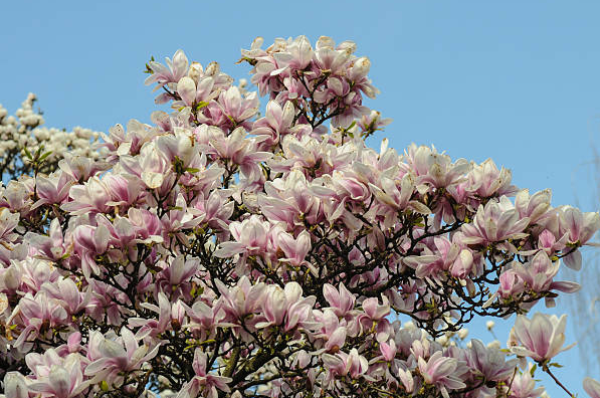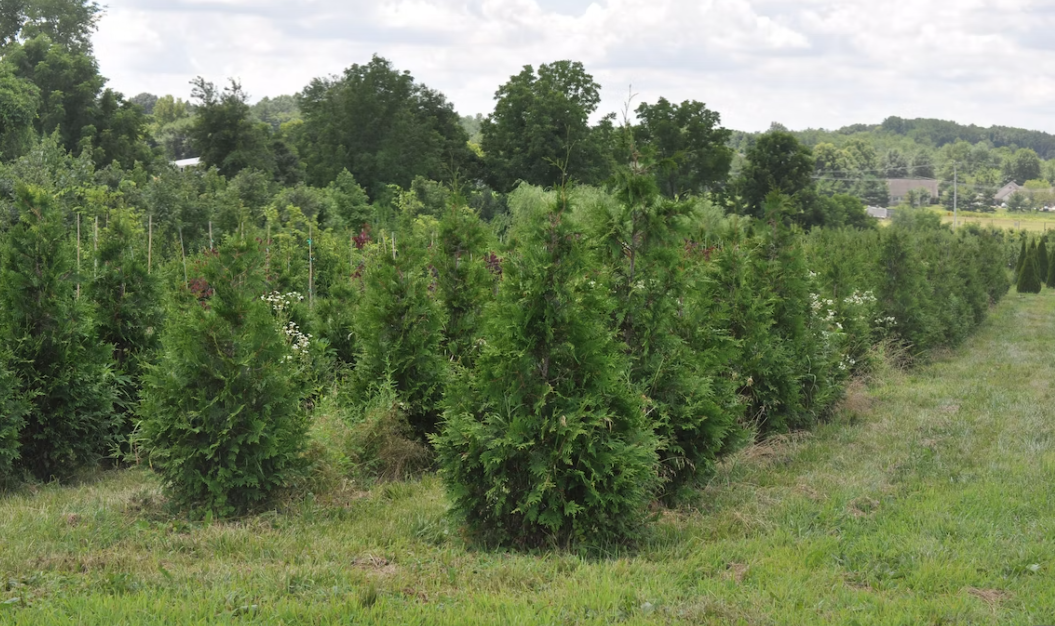The Green Giant Arborvitae (Thuja plicata 'Green Giant'), an evergreen that requires little maintenance, is disease-resistant, and can offer seclusion and noise reduction, is the perfect choice. It's simple to understand why this adaptable hedge has become one of the most well-liked evergreens in the world because it looks great in almost any environment. Discover more about the Green Giant Arborvitae and discover why it can be the ideal evergreen for your garden by reading on. 1. Fast Growing Hedge: Green Giant Arborvitae , a fast-growing hedge is an evergreen that grows quickly and can go as tall as 50 feet (15 meters). It's a popular option for foundation plantings, specimen plantings, privacy hedges, and windbreaks. Additionally, the Green Giant Arborvitae requires little pruning and fertilizer once it has grown to maturity. 2. Disease-Resistant: The Green Giant Arborvitae is a popular plant in part because it is comparatively disease-resistant. Additionally, thi...








